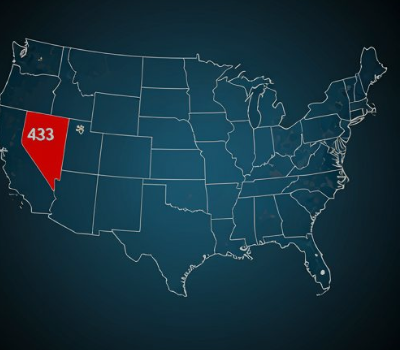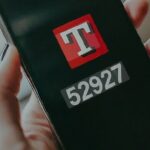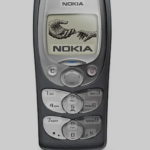In the vast system of the North American Numbering Plan (NANP), which governs telephone numbers across the United States, Canada, and parts of the Caribbean, area codes are the essential link to specific geographic regions. You might be familiar with iconic codes like 212 for New York City or 310 for Los Angeles. However, if you’ve recently come across the 433 area code, you’ve encountered a number that stands apart for one simple reason: it is not in service.
This article demystifies the 433 area code, explaining its current status, why you might be searching for it, and how to handle communications from unfamiliar numbers.
An Unassigned Number: The Status of the 433 Area Code
Within the framework of the NANP, the 433 area code is officially designated as unassigned. This means it has not been allocated to any state, city, or territory in the United States or any other participating country. A search through official telecommunication databases will confirm that there is no geographic location associated with a 433 prefix.
From time to time, new area codes are activated to meet the growing demand for phone numbers in expanding metropolitan areas. However, as of now, there are no public plans from the Federal Communications Commission (FCC) or the NANP administrator to activate the 433 area code. It remains in a reserved pool for potential future use.
Why Are You Seeing Calls or Texts from 433?
If the 433 area code isn’t real, you might wonder why you received a call or text message that appears to originate from it. There are a few possible explanations for this occurrence.
Typographical Errors

One of the most common reasons for confusion is a simple typo. It’s possible that the intended area code was one digit off. For example, nearby and active area codes include:
- 432: Serving West Texas, including the cities of Midland and Odessa.
- 434: Covering the south-central region of Virginia, including Lynchburg and Charlottesville.
- 443: An overlay area code for eastern Maryland, including Baltimore.
Before assuming a number is fraudulent, double-check to see if the area code might be a mistake for a valid one.
Caller ID Spoofing and Scams
A more concerning reason for seeing an unassigned area code is “caller ID spoofing.” This is a technology that allows scammers to deliberately change the phone number and name that appear on your caller ID display. Their goal is to trick you into answering the phone by using a number that looks familiar, local, or simply intriguing.
By using a non-existent prefix like the 433 area code, scammers can create a sense of mystery or urgency. Since the number is not real, it cannot be easily traced or called back, providing the scammer with a layer of anonymity. These calls are often associated with phishing attempts, where the caller tries to obtain your personal or financial information.
How to Handle Calls from Unrecognized Area Codes
Vigilance is the best defense against potential phone scams. Whether a call appears to be from the 433 area code or any other number you don’t recognize, follow these safety tips:
- Don’t Answer: If you don’t recognize the number, it is often safest to let the call go to voicemail. A legitimate caller will typically leave a message.
- Never Call Back: Returning a call to a suspicious number, especially one that only rang once, can connect you to an international premium-rate number, resulting in high charges on your phone bill. This is a common tactic known as the “one-ring scam.”
- Block the Number: Most modern smartphones allow you to easily block unwanted numbers, preventing them from contacting you again.
- Protect Your Information: Never provide personal details, such as your Social Security number, bank account information, or passwords, over the phone to an unsolicited caller.
In conclusion, while the 433 area code may spark curiosity, it has no official location or purpose within the U.S. telephone system. Any communication you receive from this prefix is likely the result of a typo or, more probably, a deceptive spoofing attempt. Stay informed, be cautious, and protect your personal information.


